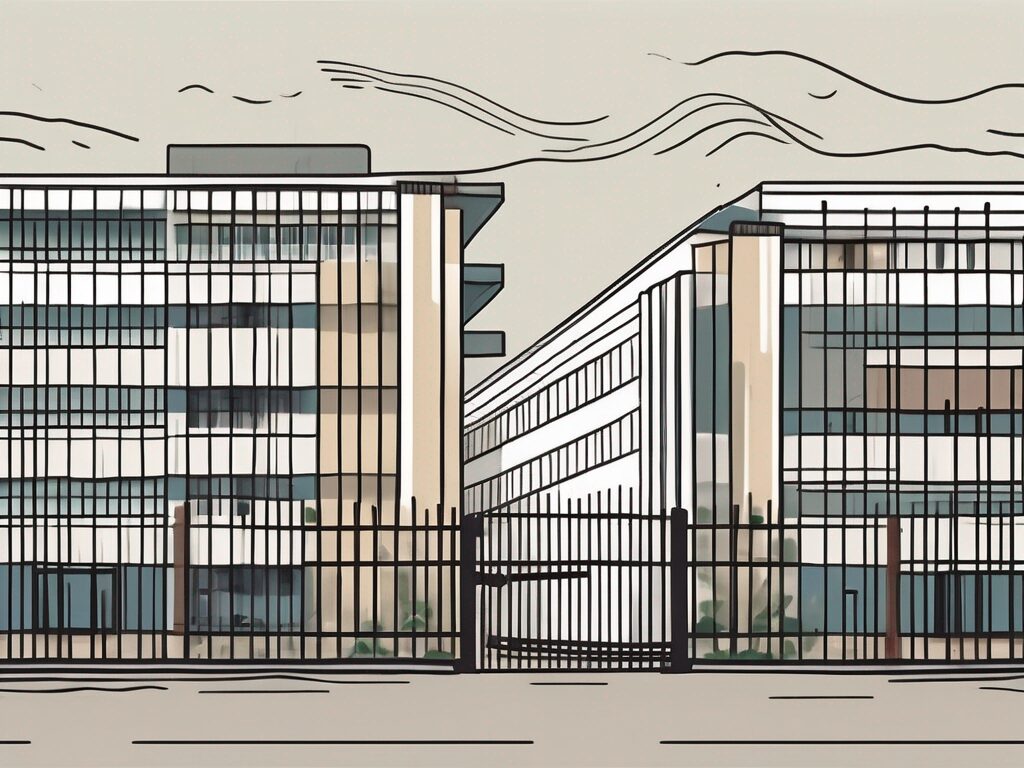Education is a fundamental right, and every child, regardless of their background or circumstances, should have access to it. However, for migrant children in Singapore, the path to education is often fraught with challenges. In this blog post, we will delve into the four main hurdles that these children face in their quest for education.
1. Language Barrier
Understanding the Issue
The first and perhaps the most significant challenge is the language barrier. Most migrant children come from non-English speaking backgrounds, and the sudden immersion into a predominantly English-speaking education system can be overwhelming.
Imagine being dropped into a classroom where you can’t understand a word of what the teacher is saying. It’s like trying to solve a puzzle without having all the pieces. That’s the reality for many migrant children in Singapore.
Comparing with Other Countries
This is not a challenge unique to Singapore. Many countries around the world grapple with the issue of language barriers in education. For instance, in the United States, there are millions of English Language Learners (ELLs) who face similar challenges.
However, the issue might be more pronounced in Singapore due to the country’s multilingual environment. The education system in Singapore uses English as the medium of instruction, but the country also recognises Malay, Mandarin, and Tamil as official languages. This multilingualism can add an extra layer of complexity for migrant children.
2. Cultural Differences
Understanding the Issue
The second challenge is cultural differences. Migrant children often come from vastly different cultural backgrounds, and adjusting to the Singaporean culture can be a daunting task.
From understanding the local customs and traditions to adapting to the Singaporean way of life, these children have to navigate a cultural maze. This can sometimes lead to feelings of isolation and alienation, which can impact their educational experience.
Comparing with Other Countries
Again, this is not a challenge exclusive to Singapore. Migrant children in countries like Australia, Canada, and the UK also face similar issues. However, the multicultural nature of Singapore, with its mix of Chinese, Malay, Indian, and Western influences, can make the adjustment process more challenging.
For instance, in a country like Finland, which has a more homogeneous culture, the cultural adjustment might be less complex. But in Singapore, the cultural landscape is more diverse, which can pose additional challenges for migrant children.
3. Socioeconomic Challenges
Understanding the Issue
The third challenge is socioeconomic in nature. Many migrant families come to Singapore in search of better economic opportunities. However, the high cost of living in the city-state can put a strain on these families, affecting their children’s access to education.
From school fees to the cost of textbooks, uniforms, and other school-related expenses, education in Singapore can be expensive. For families struggling to make ends meet, these costs can be prohibitive.
Comparing with Other Countries
This challenge is common in many developed countries, where the cost of living is high. For example, in cities like London or New York, the high cost of living can also pose a barrier to education for migrant children.
However, in countries with lower costs of living, such as India or the Philippines, this might not be as significant a challenge. But in Singapore, with its reputation as one of the most expensive cities in the world, this issue is particularly pertinent.
4. Legal Hurdles
Understanding the Issue
The fourth and final challenge is legal in nature. Migrant children in Singapore often face legal hurdles that can impede their access to education. For instance, children of work permit holders are not automatically eligible for public school enrolment.
This means that these children might have to turn to private schools, which are often more expensive, or alternative forms of education, which might not provide the same level of quality.
Comparing with Other Countries
Legal hurdles to education for migrant children are prevalent in many countries. In the United States, for example, the legal status of migrant children can affect their access to public education.
However, some countries, like Canada and Sweden, have more inclusive policies that allow all children, regardless of their immigration status, to access public education. In contrast, the legal framework in Singapore can pose an additional challenge for migrant children.
In conclusion, while Singapore has made significant strides in providing quality education for all, there are still challenges that migrant children face. By understanding these challenges, we can work towards creating a more inclusive and equitable education system for all children in Singapore.
Empower Your Teaching Career with IPGCE
Understanding the challenges migrant children face in accessing education underscores the need for qualified educators who can make a difference. IPGCE is dedicated to empowering teachers like you to overcome career barriers, advance professionally, and connect with a global educational community. By enhancing your qualifications through our International Postgraduate Certificate in Education, you’ll be better equipped to address the diverse needs of students in Singapore and beyond. Don’t let inadequate credentials or isolation limit your potential. Join the UK’s #1 Teacher Training Course today and be the change you wish to see in the educational landscape.

